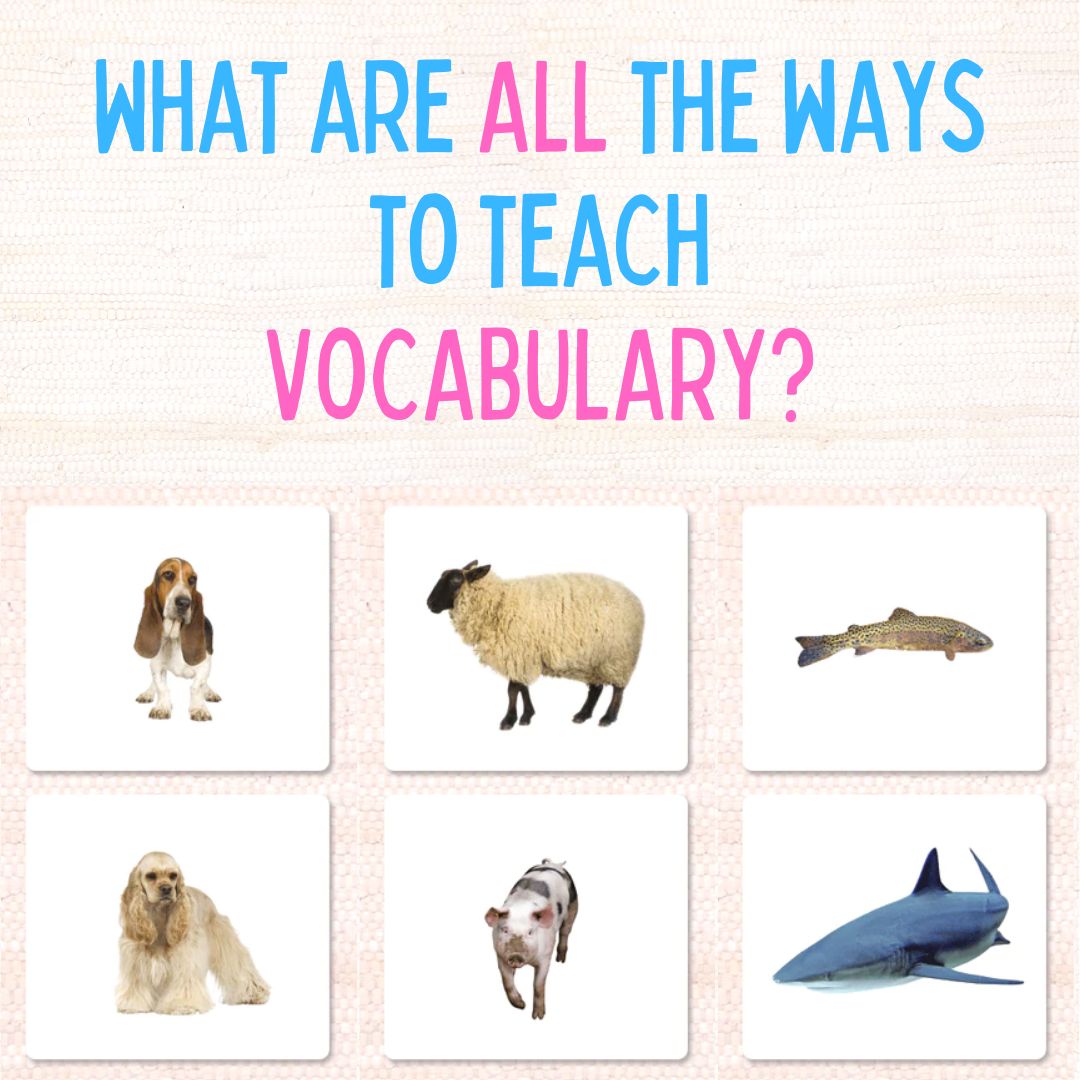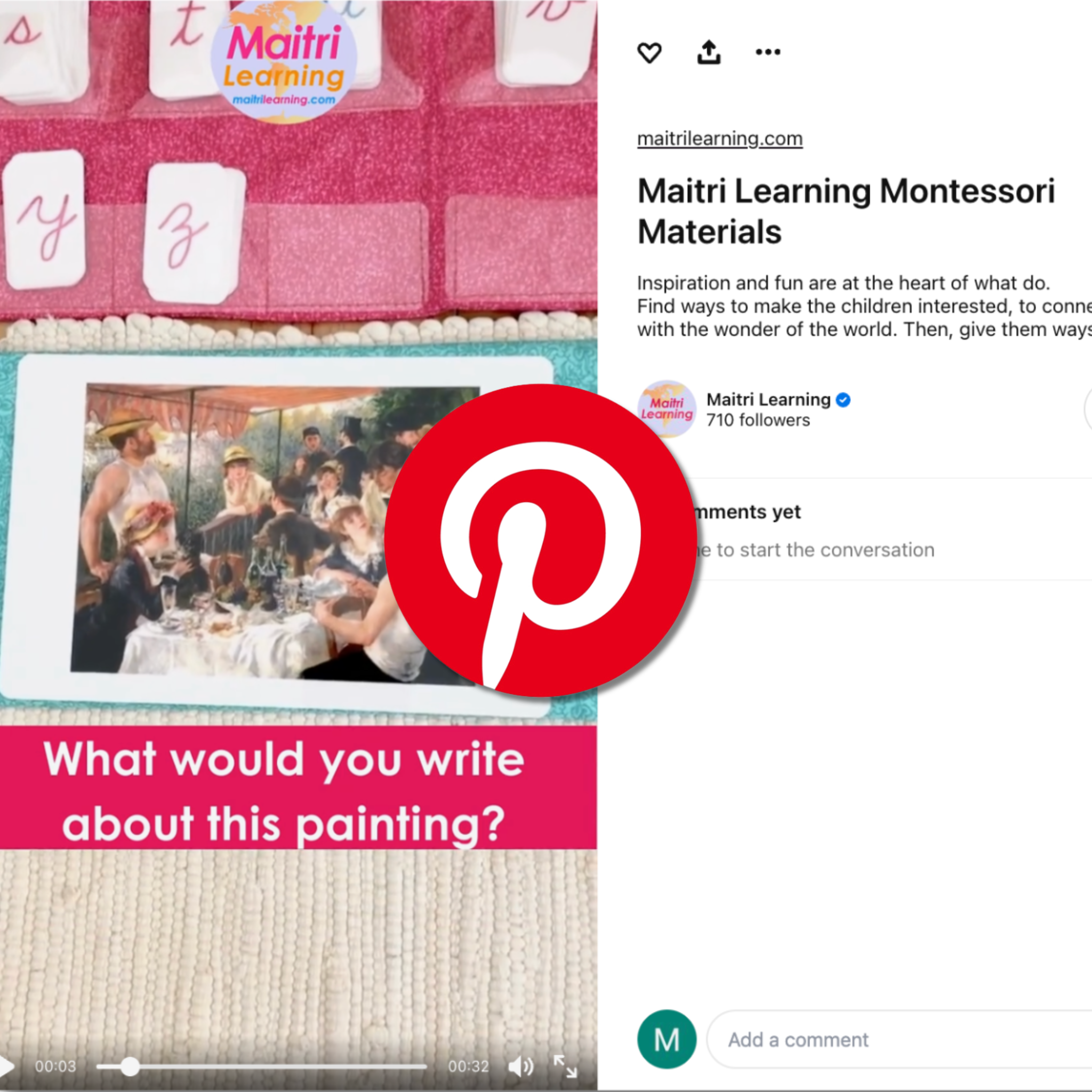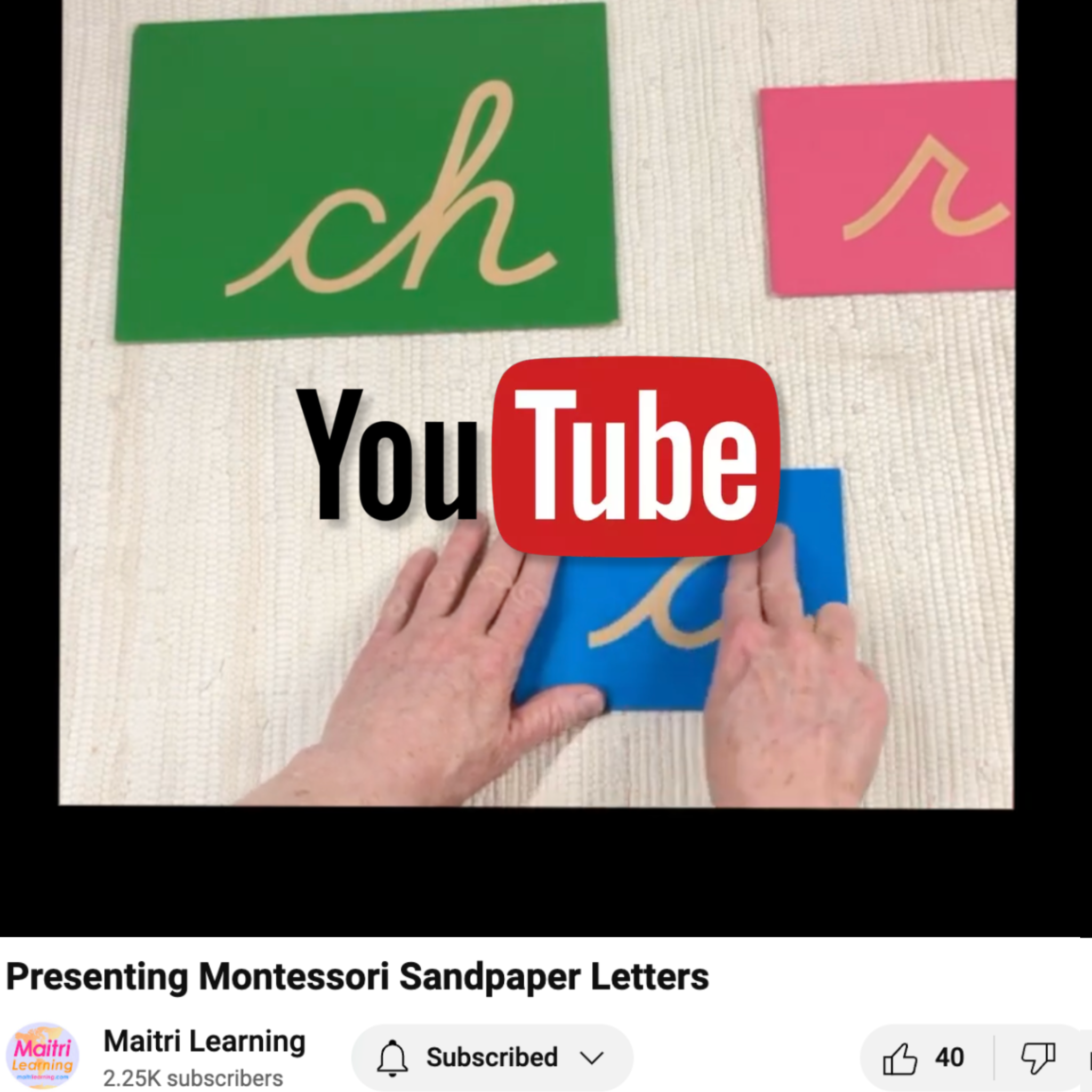Matching Cards in Action

Okay, it's true, I'm always giving the children in my life Maitri Learning materials as gifts. This Thanksgiving, when 18 of us gathered at my sister's house, I gave my great-nephew Edison the Sports Equipment Matching cards lovingly housed in our cerulean blue two-pocket cloth pouch (yes, blue is his favorite color). And, of course, we played with them a lot!
Edison is 4-years-old and is very interested in learning the names of everything. He was really curious when I first gave these cards to him. He immediately opened the pouch and started taking them out. Then he became 100% focused on trying to remember the names of the ones he knew and learn the names of the ones he didn't. And that, just as Dr. Montessori taught us, is the first step: vocabulary comes before the matching work.
Just watch and notice how noisy it is all around him (remember, it's Thanksgiving day in a small house full of 18 people) and how that doesn't bother him in the least. Dr. Montessori often spoke of the powers of concentration of the young child. But here you can see it first hand.
Once he felt strong with the vocabulary, he wanted to match the cards. But first, he had to sort them into two groups. Now, I don't know about you but often times, when we adults have to sort things or set up an activity, it feels like a chore. That is totally not the case for young children! Watch how happy he is,... like every card is a present.
When it's time to match, he is still focused on practicing his vocabulary. He also tells a few stories which is actually part of how the brain remembers things (by putting them into context). Watch below to see how he pushes himself to remember more.
To keep this work interesting, you can add distance by placing one column of cards on one side of the room and the other on the other side of the room. The child has to keep track in their mind (working memory) of the card they go looking for. It's really great work.
Then, to make it more challenging, try memory matching, just like you probably did when you were a kid. Lay the cards out in a grid but flip them upside-down. Then, turn one over and try to find it's match.
And don't forget about the value of cleaning up and organizing the work when you're done. As you see Edison do this below, you can see that he's noticing all kinds of things about patterns and relationships. Plus, he's exercising his working memory by keeping track of which cards go back into which pouch.
There is so much cognitive yummy stuff happening in this simple act of cleaning up. Remember to give your children the benefit of letting them do it. Yes, it is faster for us to do it for them and we may be more thorough and precise. But, if we don't give them the chance, they'll never get to develop their skills!
This goes way beyond putting toys away. Think about cleaning up after dinner. When you do it together as a family (starting at a young age), the children will effortlessly do it with you as they grow up. Notice how I said do it together? We don't want to abandon them to the cleaning up. Make it a collective thing, guiding them as necessary.
The coolest thing about this lovely activity was that without any prior instruction (Edison does not attend a Montessori school), Edison innately used the materials exactly the way we expect him to. Why? Because they call to his neurodevelopmental needs, just as Dr. Montessori described.
We hope this has inspired you to up your vocabulary and matching card game! Let us know if there are other ways we can support your work on behalf of the child.








Leave a comment
This site is protected by hCaptcha and the hCaptcha Privacy Policy and Terms of Service apply.